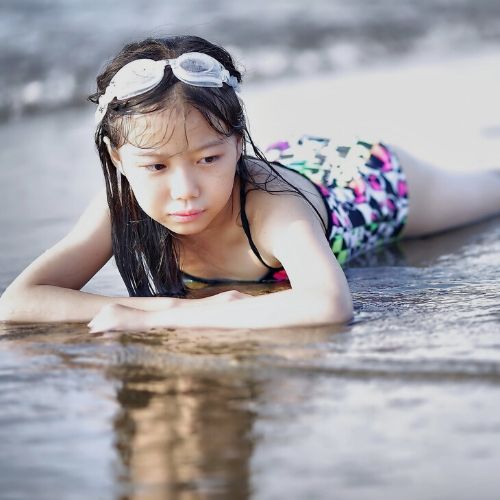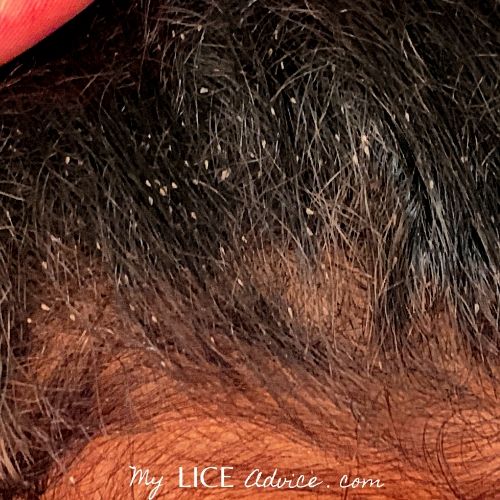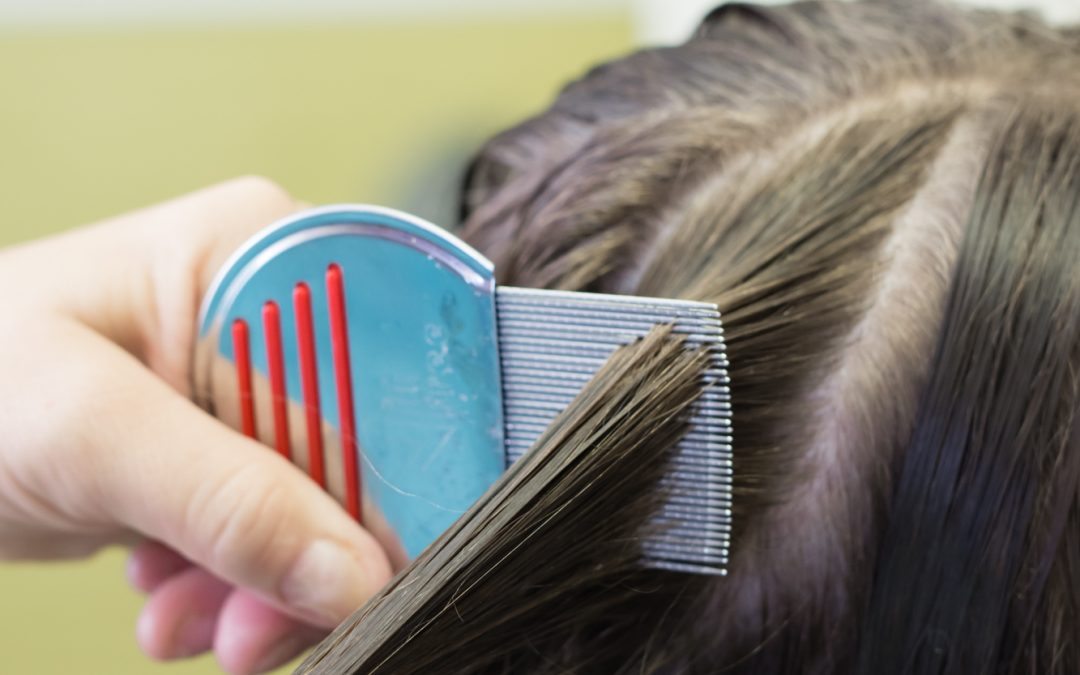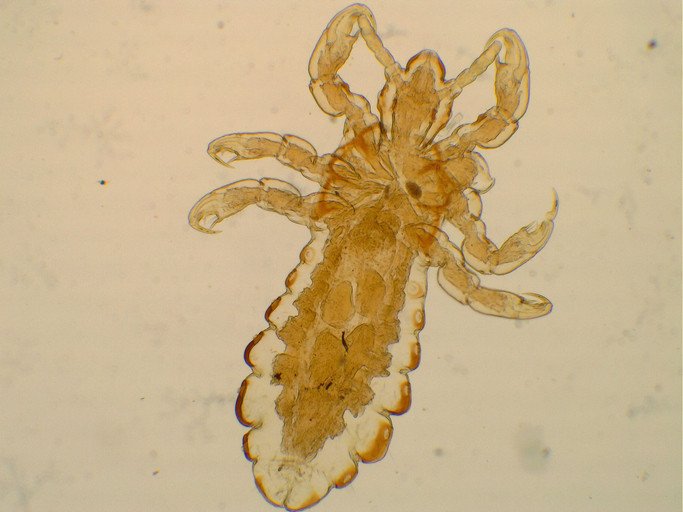Does Salt Water Pool Kill Lice

Include more water if essential ought to you occur to put too much salt for over saturation.
Does salt water pool kill lice. There s around 3 000 ppm parts per million salinity in a saltwater pool. Keep stirring the salt up until it dissolves. Swimming in seawater or saltwater does not kill lice either. Be sure that the salt has dissolved.
One study that involved submerging lice in chlorinated water for 20 minutes found that although lice were temporarily. Salt is also an effective method of killing lice through dehydration. You ll be relieved to hear that lice also cannot survive in salt water pools. A saltwater pool contains 10 times less salt than the ocean.
Studies support that lice have not been able to transfer in swimming pools. Clean the pool filter as you normally do. Does salt water kill lice. Vinegar doesn t kill head lice.
By comparison there s 35 000 ppm in the ocean. Saltwater will also kill lice so if you live near an ocean a swim would help. Therefore the chance of catching head lice from a swimming pool is remote. Heat will kill the lice.
Salt doesn t kill head lice. Chlorinated swimming pools do not kill lice. Lice are also not likely to be spread in a pool because they become immobile in hibernation mode and they can not swim. Salt water will likewise eliminate lice but will not remove the nits.
Include one pound of epsom salts or beach water to the basin and stir. Even tap water kills more lice than vinegar in most studies. So a combination of salt and vinegar isn t going to get you any closer to getting rid of head lice. Research shows that lice can survive pool water treated with chlorine.
You can also put a shower cap on the head and heat the hair with a hair dryer. The following steps are recommended precautions to further minimize the risk. Mix cup of plain salt and cup of vinegar in a spray bottle. The same principles apply to salt water pools that apply to swimming pools with chlorine or other chemicals.
They seldom spread through the sharing of personal items such as combs brushes or toilet seats. They are usually spread by head to head contact such as sharing a bed with an infected person. The fact is that lice enter a state of stasis when submerged in water and their instinct is to cling to the hair they are on when they enter the water.














































